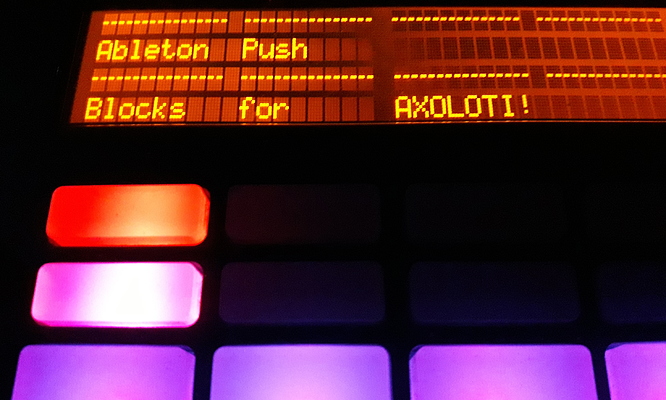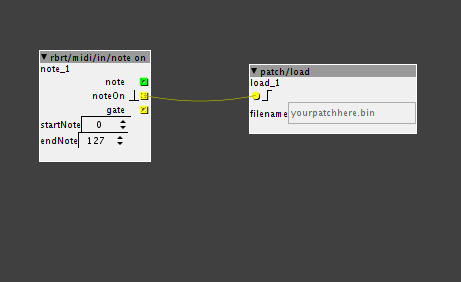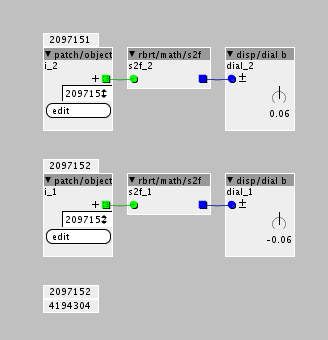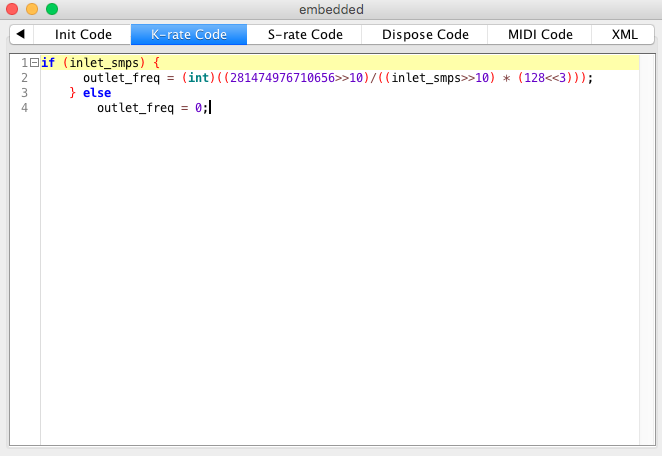so, i found the difference between Pro and non-Pro. here it is.
even lines are non-Pro MIDI layout, odd lines are Pro MIDI layout (in the Programmer & Live modes).
104 CC 105 CC 106 CC 107 CC 108 CC 109 CC 110 CC 111 CC
91 CC 92 CC 93 CC 94 CC 95 CC 96 CC 97 CC 98 CC
80 CC 81 note 82 note 83 note 84 note 85 note 86 note 87 note 88 note 89 CC
N/A 0 note 1 note 2 note 3 note 4 note 5 note 6 note 7 note 8 note
70 CC 71 note 72 note 73 note 74 note 75 note 76 note 77 note 78 note 79 CC
N/A 16 note 17 note 18 note 19 note 20 note 21 note 22 note 23 note 24 note
60 CC 61 note 62 note 63 note 64 note 65 note 66 note 67 note 68 note 69 CC
N/A 32 note 33 note 34 note 35 note 36 note 37 note 38 note 39 note 40 note
50 CC 51 note 52 note 53 note 54 note 55 note 56 note 57 note 58 note 59 CC
N/A 48 note 49 note 50 note 51 note 52 note 53 note 54 note 55 note 56 note
40 CC 41 note 42 note 43 note 44 note 45 note 46 note 47 note 48 note 49 CC
N/A 64 note 65 note 66 note 67 note 68 note 69 note 70 note 71 note 72 note
30 CC 31 note 32 note 33 note 34 note 35 note 36 note 37 note 38 note 39 CC
N/A 80 note 81 note 82 note 83 note 84 note 85 note 86 note 87 note 88 note
20 CC 21 note 22 note 23 note 24 note 25 note 26 note 27 note 28 note 29 CC
N/A 96 note 97 note 98 note 99 note 100 note 101 note 102 note 103 note 104 note
10 CC 11 note 12 note 13 note 14 note 15 note 16 note 17 note 18 note 19 CC
N/A 112 note 113 note 114 note 115 note 116 note 117 note 118 note 119 note 120 note
1 CC 2 CC 3 CC 4 CC 5 CC 6 CC 7 CC 8 CC
N/A N/A N/A N/A N/A N/A N/A N/Athis describes why the help patch for launchpad behaves so strange on Pro, and why its elements appear exactly where they appear.
actually, it should not be difficult at all to modify the code and get the Pro input handling. unfortunately, i can't do it myself due to the lack of C/C++ skills.








